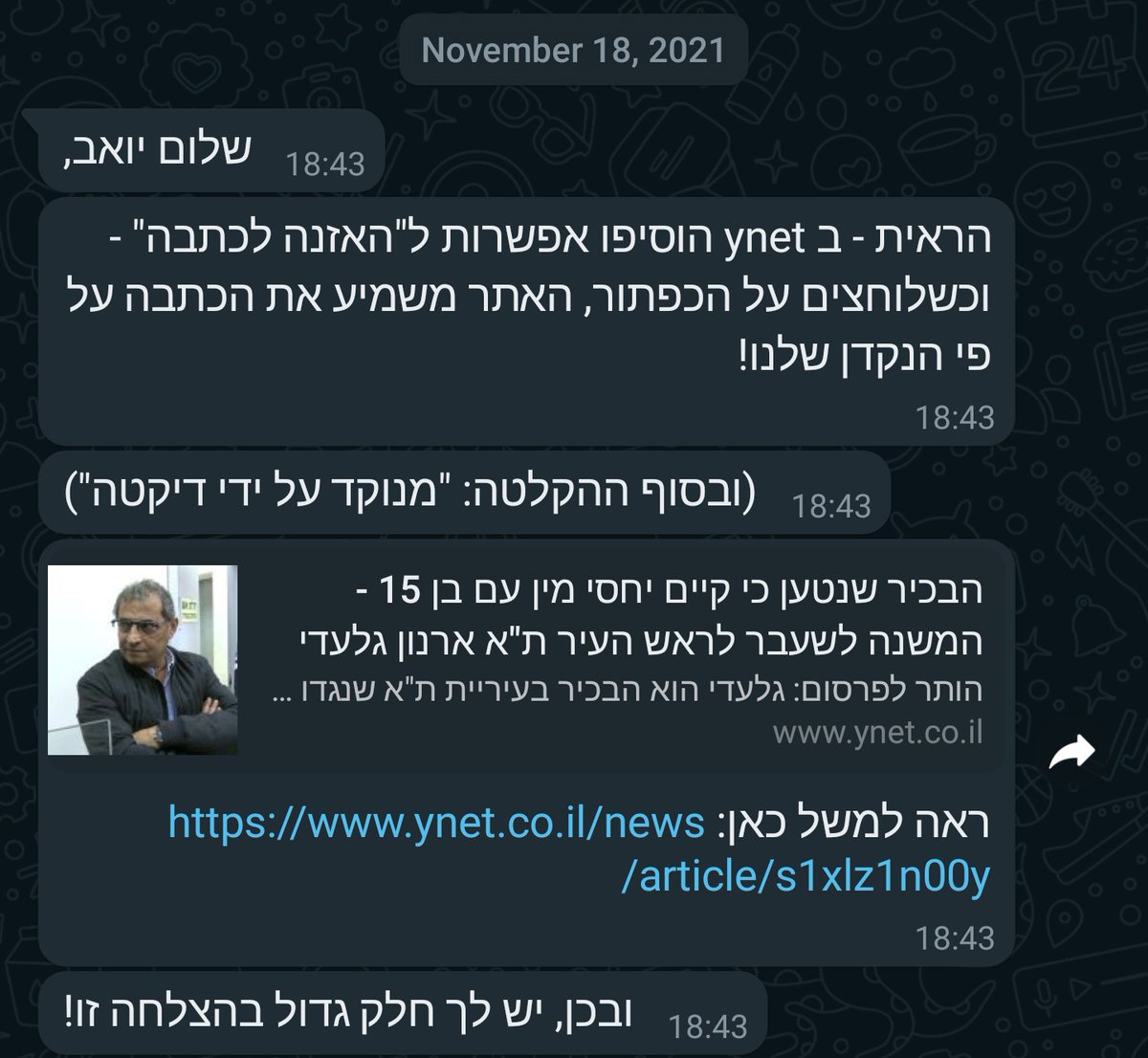#acl2020nlp PSA: if you also find the rocket-chat UI showing the threads in both the thread window AND the main window to be unbearable,
Leonie found the solution!
Thanks Leonie!!
Leonie found the solution!
Thanks Leonie!!

(update: she said she found this tip in a thread by @ojahnn )
(update2: actually the thread was by @EmmaSManning )
• • •
Missing some Tweet in this thread? You can try to
force a refresh







